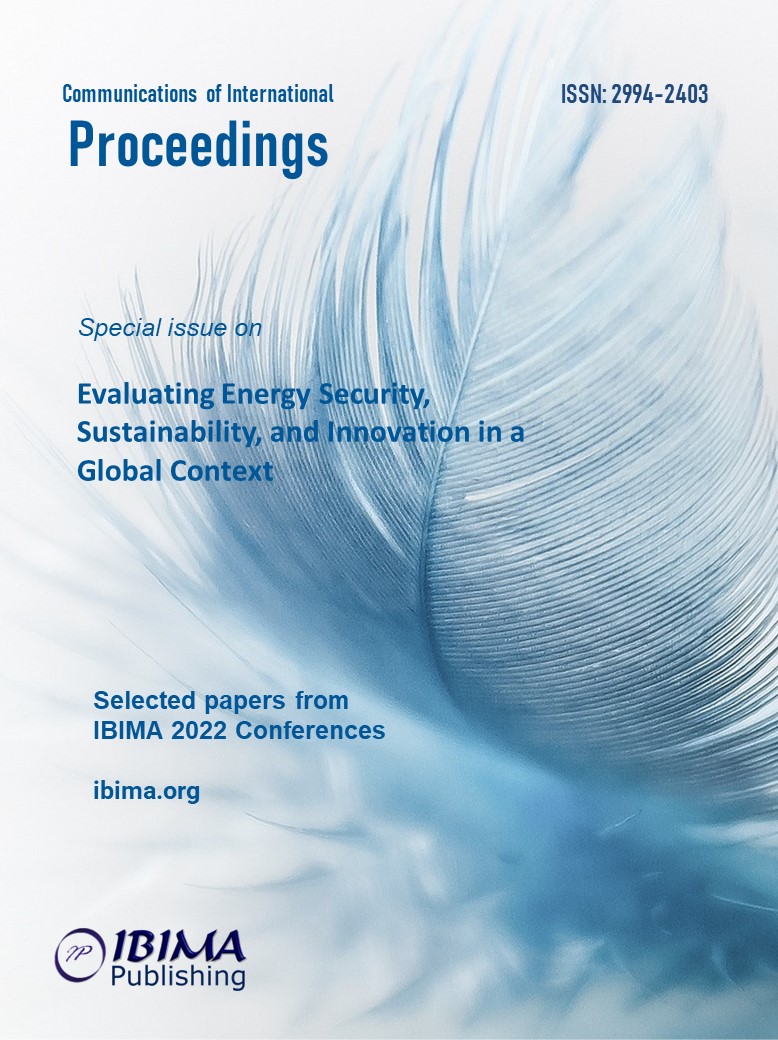
Băilă Diana-Irinel and Tonoiu Sergiu
University Politehnica of Bucharest, Bucharest, Romania

In nanotechnology, nanomaterials play a vital role in various fields of science, such as manufacturing, electricity, physics, chemistry and materials sciences. The higher the degree of fineness of the powders with nanometer grains, the more complex their manufacture will be and in this case the price increases proportionally. In this paper were established the costs of ceria powders existing on the Romanian market. In the same time, was establish the dealing with costs and were realized different comparison concerning the structural morphology and transport properties for samples realized by ceria undoped micronized and opaline powder, respectively for the samples realized by ceria doped with Gd2O3 powder by different concentrations and sintering in different conditions (temperature, time, gaseous atmosphere). Cerium dioxide CeO2 / ceria is considered the most stable oxide of the cerium. Being electropositive in nature, cerium exists in dual oxidation modes, Ce3+ and Ce4+. The grains of ceria play a key role in the electrical conduction process. The most dominant and stable known defects in ceria are linked to the presence of oxygen vacancies under a wide range of conditions. Grace of this property, ceria can be used for solid electrolyte fuel cells manufacturing, but because of the high function temperature, after 800oC, this material must be doped to decrease the operating temperature. Ce and Gd are part of the category of rare earths and the costs for these substances are very high.
The purpose of this paper was to establish the costs necessary to manufacture a cheap solid electrolyte fuel cell, but with excellent transport properties. In this paper, was realized a comparison concerning the price of ceria undoped and ceria doped with Gd2O3 powder used for electrical conductivity.